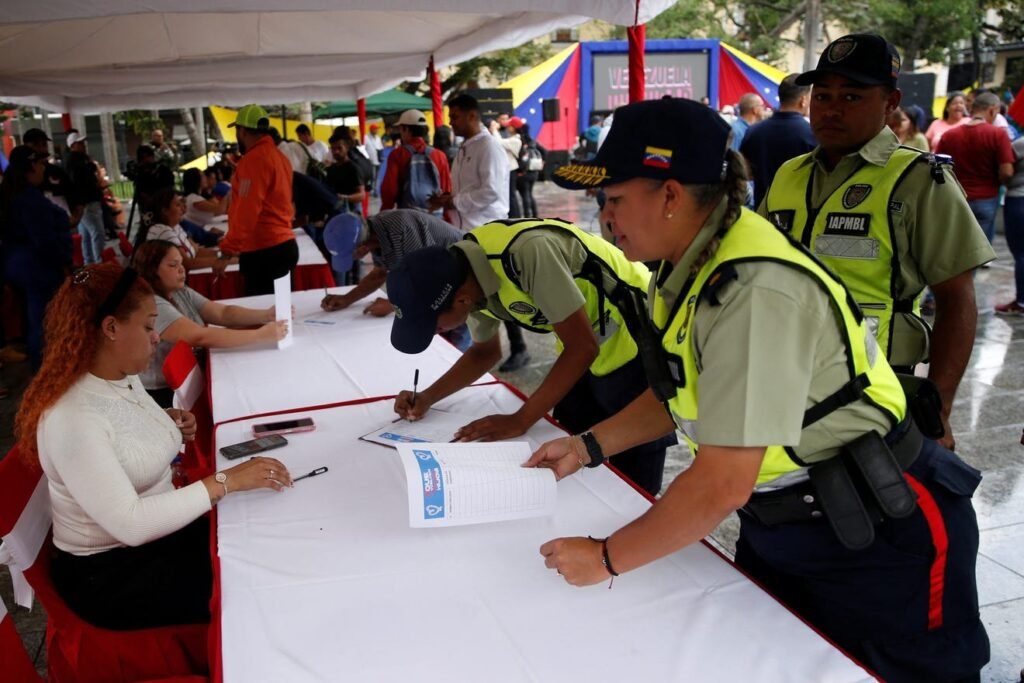In a landmark ruling, the U.S. Supreme Court has allowed the Trump administration to revoke the temporary legal status of hundreds of thousands of Cubans, Haitians, Venezuelans, and Nicaraguans living in the United States.This decision has sparked intense debate, with supporters arguing it aligns with national interests, while critics warn of devastating consequences for affected communities.
What Just Happened?
On May 30, 2025, the Supreme Court ruled in favor of the Trump administration’s plan to end the safe-haven program that had provided temporary protection to immigrants fleeing economic, political, and security crises in their home countries.The program, initially designed to offer a two-year legal status, allowed migrants to live and work in the U.S. without fear of deportation.
However, the administration argued that the program failed as a deterrent and made it harder to enforce immigration laws. As a result, work permits and deportation protections for these migrants have been canceled, leaving many uncertain about their future.
The Human Impact
Immigrant rights groups have called this decision “the largest mass illegalization event in modern American history”.Nearly 500,000 people who were legally residing in the U.S. will now face deportation, disrupting families, workplaces, and communities.Labor unions and local businesses have also voiced concerns, highlighting that many of these migrants fill essential roles in industries like healthcare, construction, and manufacturing.Some companies report that nearly 20% of their workforce consists of individuals under this temporary program, raising fears of labor shortages and economic instability.
Legal Battles and Political Divide
The ruling was met with strong dissent from two liberal justices, Ketanji Brown Jackson and Sonia Sotomayor, who argued that the abrupt cancellation of protections requires a case-by-case review rather than a mass revocation.A federal judge in Massachusetts had previously blocked the move, citing legal errors in the administration’s approach, but the Supreme Court’s decision has now overridden that ruling.
The Justice Department defended the move, stating that undoing the program aligns with democratically approved policies and reflects the administration’s broader push to tighten immigration laws.
What’s Next?
For affected migrants, the future remains uncertain. Many will have to seek alternative legal pathways or face deportation. Advocacy groups are expected to continue legal challenges, arguing that the decision violates humanitarian principles and harms local economies.
As the debate intensifies, one thing is clear: this ruling will have long-lasting effects on immigration policy, labor markets, and the lives of thousands of individuals.
What are your thoughts on this decision? Should immigration policies be stricter, or is there a need for more humanitarian considerations? Let’s discuss.

